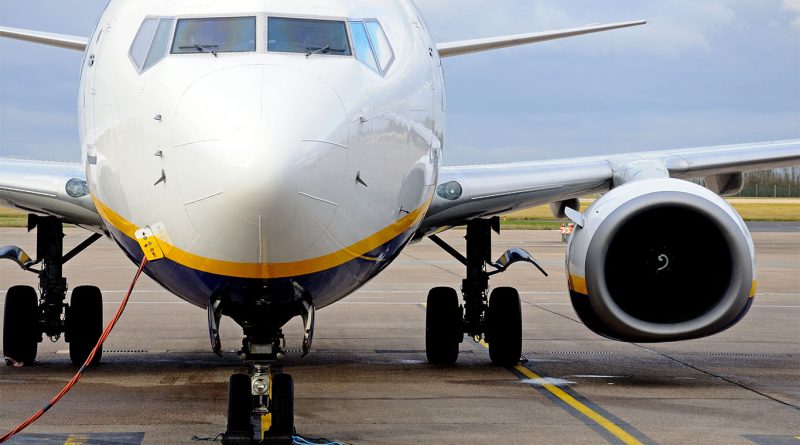Boeing’s Costly Outsourcing Flight Path
At the turn of the 21st century, Boeing embarked on a bold strategy with the development of the 787 Dreamliner, aiming to revolutionize the aviation industry through extensive outsourcing. The objective was clear: reduce costs, accelerate production, and leverage the expertise of global partners. This strategic pivot sought to transform Boeing’s operational model, capitalizing on the efficiencies and innovations offered by a diverse supplier network spanning continents. However, the endeavor to reshape aerospace manufacturing through outsourcing was fraught with complexities and unforeseen challenges, casting a shadow over the anticipated benefits of this expansive global collaboration.
The Turbulent Skies of Global Supply Chains
Boeing’s foray into extensive outsourcing introduced a level of complexity that would test the resilience and adaptability of its supply chain. With over 50 suppliers from around the globe contributing to the 787 Dreamliner, coordination and quality control became Herculean tasks. This vast network, while a testament to globalization’s potential, also exposed Boeing to risks of delays, quality discrepancies, and communication barriers. The consequences were significant, with the Dreamliner’s launch marred by setbacks, including technical issues that led to an emergency landing during a test flight due to an unexpected fire. These challenges underscored the perils of over-reliance on a fragmented supply chain, where the intricacies of integrating components from myriad sources could jeopardize not just timelines but the very safety and reliability of the end product.
Comparative Turbulence: Boeing vs. Airbus
The contrasting approaches of Boeing and Airbus to outsourcing offer a lens through which to examine the strategic choices in aerospace manufacturing. While Boeing pursued a path of extensive outsourcing, Airbus has opted for a more balanced approach, emphasizing greater control over its supply chain. This strategy has enabled Airbus to maintain a more consistent and reliable flow of materials and components, minimizing disruptions and safeguarding quality. The tale of these two giants serves as a cautionary narrative on the risks and rewards of outsourcing strategies, highlighting the delicate balance between leveraging global capabilities and retaining sufficient control to ensure product integrity and supply chain resilience.
Navigating Back to Calmer Waters
In the wake of the challenges faced with the 787 Dreamliner and 737 MAX, Boeing has initiated a strategic reassessment of its outsourcing model. Acknowledging the pitfalls of overextending its supply chain, the company is now focused on bringing more work in-house, a move aimed at regaining control over critical processes and enhancing the integration and oversight of its supplier network. This shift signifies a broader recognition of the need for a balanced approach to outsourcing—one that weighs the advantages of global collaboration against the imperative of maintaining quality, safety, and reliability. Through strengthened partnerships, rigorous supplier vetting, and enhanced communication channels, Boeing aims to fortify its supply chain, ensuring that future endeavors are grounded in lessons learned from past experiences.
Reflecting on the Horizon
Boeing’s journey through the complexities of outsourcing in aerospace manufacturing offers valuable insights into the dynamics of global supply chains. As the company charts a course towards recovery and growth, the lessons gleaned from the Dreamliner and 737 MAX projects will undoubtedly influence its strategic decisions, guiding a more measured and mindful approach to outsourcing. For the aviation industry and beyond, Boeing’s experience serves as a pivotal case study on the importance of balancing global collaboration with strategic oversight, underscoring the need for resilience, adaptability, and control in the ever-evolving landscape of international manufacturing.
In sum, Boeing’s outsourcing saga, marked by ambition and adversity, provides a compelling narrative on the intricacies of global supply chain management. As the company looks to the future, embracing a philosophy of cautious optimism and informed strategy, the aerospace sector watches closely, poised to learn from Boeing’s endeavors to navigate the turbulent skies of global outsourcing.
Sources:
- Simple Flying: Looking Back: Boeing Repeatedly Burned By Outsourcing
- Supply Chain Magazine: The Boeing 787 Dreamliner: A tale of TERRIBLE supply chain management
- IndustryWeek: Boeing’s 737 Max Software Outsourced to $9-an-Hour Engineers
